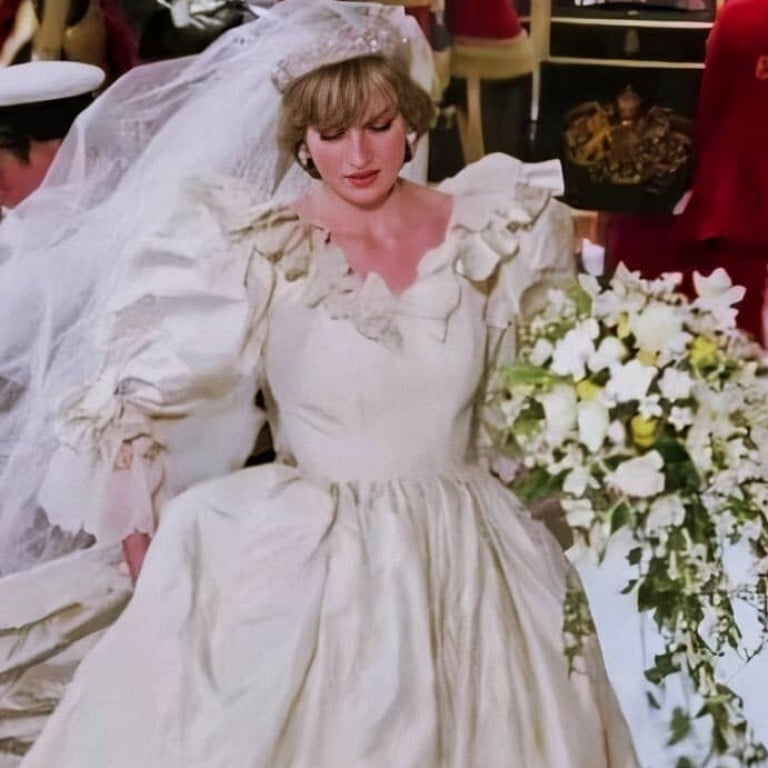From Queen Victoria to Meghan Markle: all you need to know about British royal wedding bouquets, and why each one carries a sprig of myrtle

Interesting facts about how various flowers and arches are intertwined with royal wedding traditions
Few events inspire such a sense of romance and intrigue as British royal weddings. From the first-ever wedding broadcast of Princess Margaret and photographer Anthony Armstrong-Jones in 1960, to Meghan Markle and Prince Harry’s in 2018, the whole world watches in anticipation as royal brides walk down the aisle, past the magnificent wedding arch, hands clasping their bouquet of white blooms.
Royal wedding flowers have interesting stories of their own too. STYLE finds out why every bouquet always carries a sprig of one type of flower from Queen Victoria’s garden, why two wedding bouquets are made for every occasion, and other interesting facts about how these flowers are intertwined with royal wedding traditions.
Every royal wedding bouquet carries a sprig of myrtle
Since the mid-1800s, every royal wedding bouquet has had a sprig of myrtle, beginning with Queen Victoria’s wedding to Prince Albert in 1840. After the wedding, her Majesty planted myrtles from her bouquet in her own garden.
The plant has thrived, even until now, 180 years after, and is said to symbolise luck and fidelity. Most princesses have chosen to incorporate myrtle in their wedding bouquet, including Kate Middleton, Princess Diana, Meghan Markle, Sarah Ferguson, Princess Eugenie, and Princess Beatrice.
Royal brides place their bouquet at the Tomb of the Unknown Warrior
In 1923, Lady Elizabeth Bowes Lyon unknowingly began this tradition. As Lady Elizabeth entered Westminster Abbey on her wedding day, she stopped to lay her bouquet at the Tomb of the Unknown Warrior. This was a tribute to her brother, Fergus, who died at the Battle of Loos in 1915.
The tomb itself contains the body of an unidentified soldier from France, a symbol of the lives that were lost to war.
Lady Elizabeth then became the only royal bride to walk down the aisle without her wedding bouquet. Many brides have adapted the tradition since then, but have chosen to lay their flowers on the tomb as they leave the church instead of when they enter, after official wedding photographs are taken.